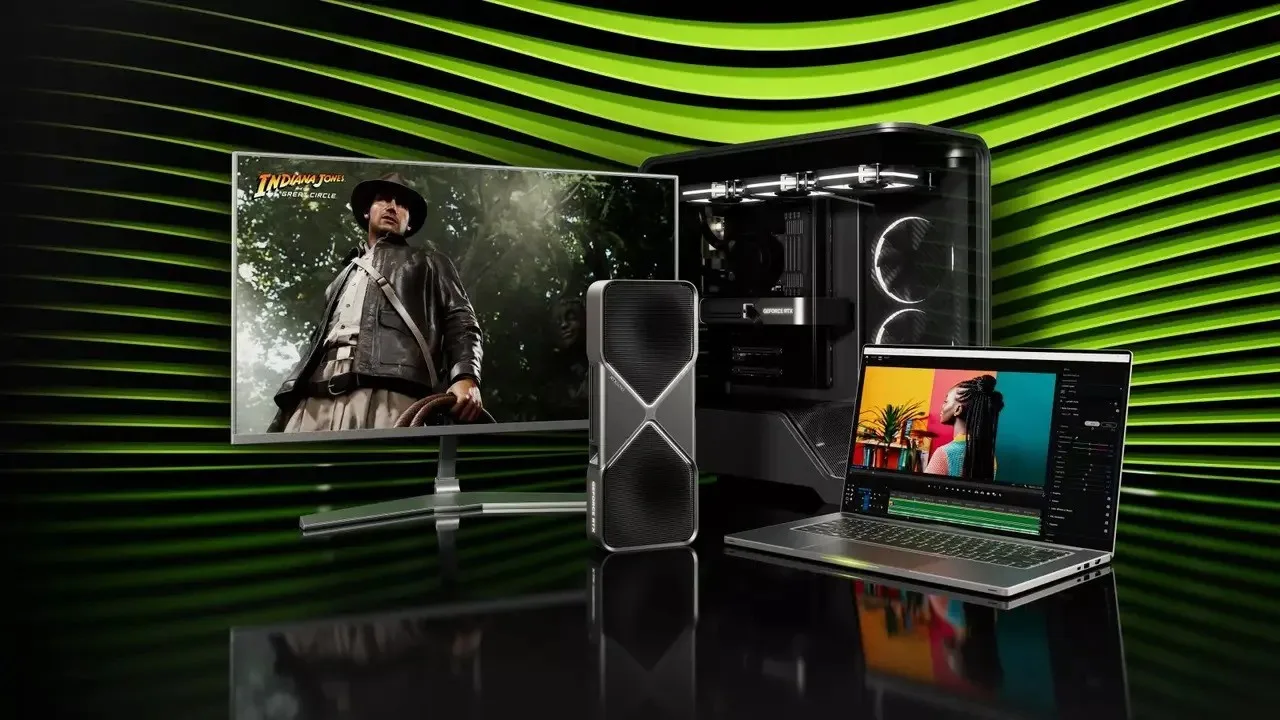

Nvidia has officially retired 32-bit PhysX support on its latest RTX 50 series GPUs, marking the end of an era for the once heavily marketed physics simulation technology. This move comes as Nvidia deprecates 32-bit CUDA applications starting with the RTX 50 series.
PhysX, originally developed by Ageia in 2004 and later acquired by Nvidia, was a proprietary physics simulation SDK capable of processing ragdolls, cloth simulation, particles, volumetric fluid simulation, and other physics-focused graphical effects. It was integrated into several notable AAA games, including the Batman Arkham trilogy, Borderlands: The Pre-Sequel, Borderlands 2, Metro: Last Light, Metro: Exodus, Metro 2033, Mirror’s Edge, The Witcher 3, and some older Assassin’s Creed titles.
PhysX was designed to run physics calculations on the GPU rather than the CPU, allowing for significantly greater rendering performance for physics-related graphical effects. This resulted in higher frame rates and improved quality of physics effects compared to what could be achieved on a CPU.
Despite its initial success, PhysX’s adoption slowed significantly by the late 2010s as developers moved towards more flexible, cross-platform physics engines. The biggest drawback of PhysX was its strict requirement for an Nvidia GPU, preventing it from being used on competing GPUs, consoles, and smartphones. Nvidia also gradually removed support for some PhysX features, contributing to its decline.
With no known 64-bit games using PhysX, Nvidia has decided to end support for 32-bit PhysX on the RTX 50 series GPUs. This means that games from the 2000s and early 2010s that relied on PhysX for particle and clothing effects will no longer benefit from the technology on the latest Nvidia GPUs.
For those who still want to use PhysX, the only solution is to install an older RTX 40 series or earlier graphics card and dedicate it to PhysX processing in the Nvidia control panel.
The retirement of PhysX on the RTX 50 series marks the end of an almost lifelike era in gaming physics. While it was a groundbreaking technology in its prime, the shift towards more versatile and cross-platform solutions has rendered it obsolete. As we move forward, it will be interesting to see what new innovations Nvidia brings to the table.
The recent cancellation of the Xbox One version of "Steam-Heart's & Advanced Variable Geo Saturn…
Bloober Team, the Polish studio behind the critically acclaimed Silent Hill 2 remake, has officially…
Niantic, a pioneering game developer best known for its hit game Pokémon Go, has long…
Microsoft has unveiled the latest updates for Xbox Game Pass in April 2025, bringing an…
This website uses cookies.